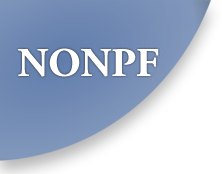How Much Time Do NP Students Spend Seeing Patients in a Clinical Day?
Friday, April 24, 2015
Key Ballroom 11-12 (Hilton Baltimore)
Abstract:
The nurse practitioner (NP) profession was founded in the late 1950s by Loretta Ford and Henry Silver, in an attempt to increase primary care services and fill shortages of physicians in primary care (O’Brien, 2003). Since that time, universities have had the charge of educating NPs with a strong clinical foundation that provides the skills and knowledge needed for practice. Within the nursing profession there is widespread agreement that clinical experiences are vital to learning nursing skills, little is known about the learning opportunities which best foster students’ acquisition of the knowledge and skills needed or the extent to which these opportunities consistently occur in clinical courses (Ironside, McNelis, & Ebright, 2014). Currently Nurse Practitioner (NP) Programs require students to fulfill at least 500 supervised clinical practice hours prior to successful completion of the program. While this hour requirement is specific, quantifiable and considered the "gold standard" for educating NP students, it does not address the nature and quality of those hours. An assumption is made that by completing these hours graduates will successfully pass national board certification and be competent novice nurse practitioners. It is unclear if the designated number of clinical hours currently required in a NP program contributes to competency development. Therefore, before any changes could be made to this requirement, the nature and quality of the hours need to be closely examined.
We conducted a small pilot study at our university to explore how much time NP students spend engaged in direct patient care during a clinical day. Time not spent with patients directly was termed “down-time”. We then gathered information as to how students spend their “down-time” during clinical practice hours to help us understand how many actual learning opportunities each clinical experience might offer. This poster presentation will disseminate our findings.

